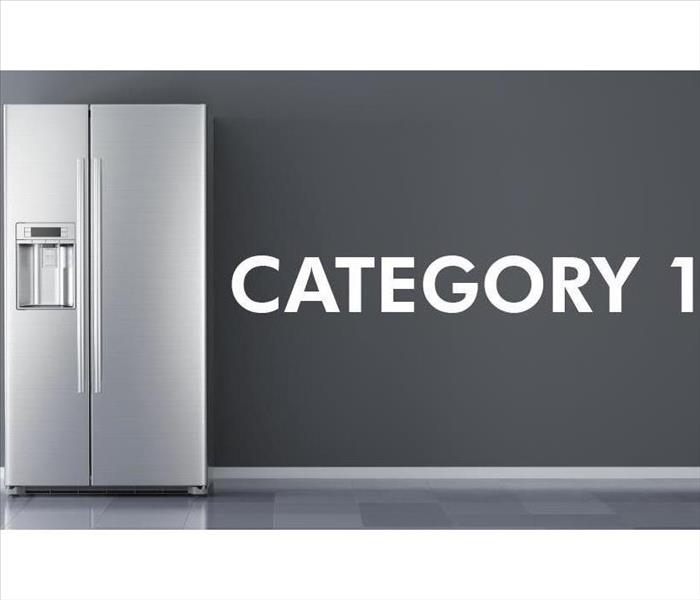4 Ways To Identify Category 1 Water
1/28/2020 (Permalink)
Four Ways to Tell If You Are Dealing With Category 1 Water
When addressing water loss in your business and getting in contact with a qualified water restoration company, identifying the level of risk the water poses is essential for knowing how to proceed. The flooded water can either be Category 1, which is clean water; Category 2, which is slightly contaminated; or Category 3, which is grossly contaminated. Here are four ways to tell if you are dealing with Category 1 water.
1. Identify the Source of the Water
The easiest way to identify category 1 water is to determine the source of the leak. Clean water sources include a supply line: broken pipe, or overflowing faucet.
2. Calculate the Time Passed Since Water Loss
Mold can grow in as little as 24 to 48 hours under ideal conditions, which is a warm, humid environment with plenty of moisture to feed on. Even if the water came from a clean source, if it has been stagnant for a long period of time it may have degraded into Category 2 or even Category 3 water.
3. Determine Contact With Other Surfaces
If clean water comes into contact with contaminated surfaces, the water itself can become polluted and cause harm to people who come are exposed to it. Unclean surfaces can include building materials, chemicals, or organic materials.
4. Check the Temperature
An elevated temperature can contribute to the growth of mold and can cause bacteria to multiply. If the temperature in the building is very high, the water is likely to be contaminated.
Leaks and floods in your business in Sugar Grove, IL, can be very stressful, especially when you consider how damaging water can be. Water can seep its way into your building’s structure and cause extensive deterioration. Flood water can also harbor contaminants that are dangerous to people. Before entering the flooded area or trying to mitigate the situation, you need to make sure you are dealing with clean water.

 24/7 Emergency Service
24/7 Emergency Service
